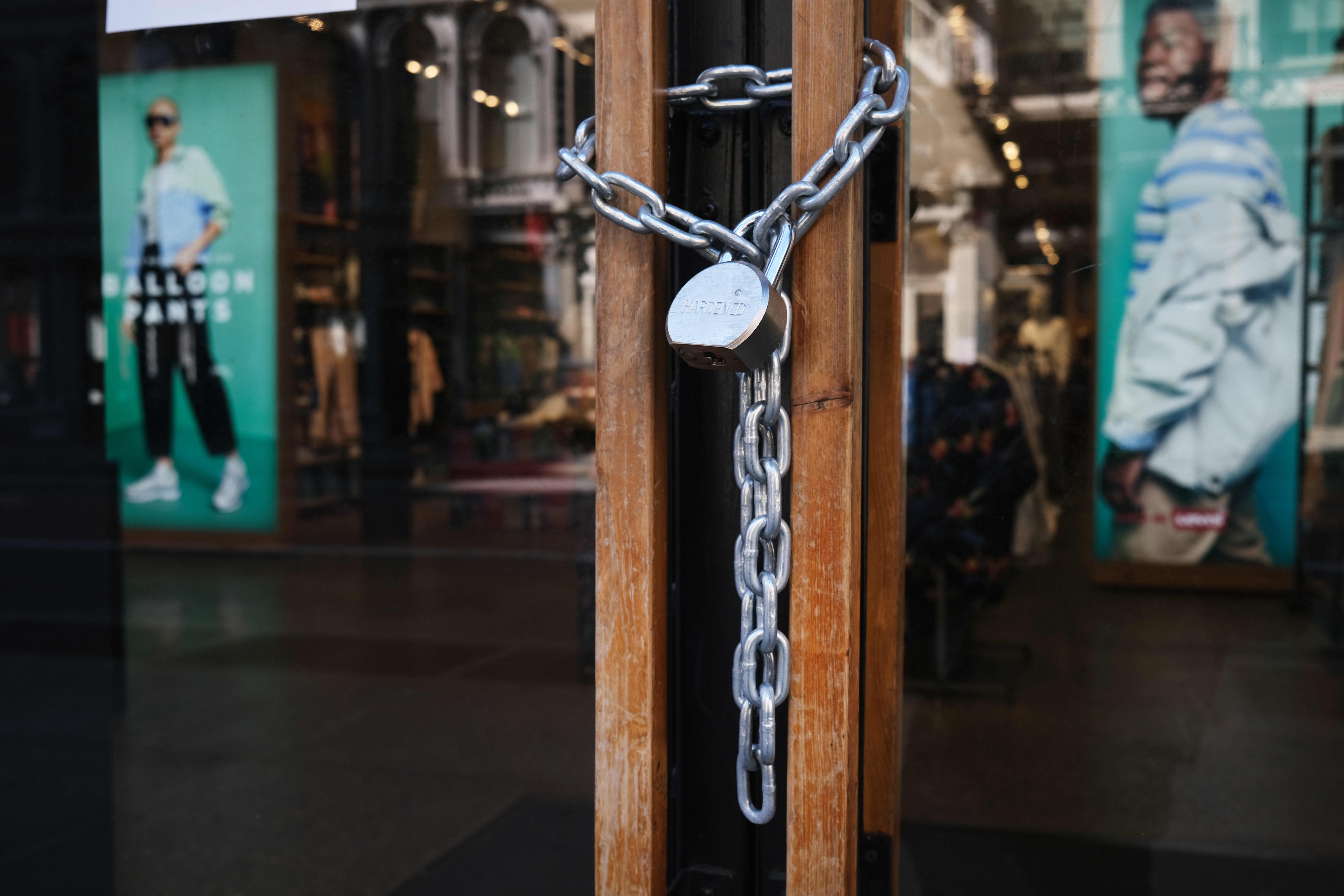The denim maker Levi Strauss & Co.‘s sales fell 62% during its fiscal second quarter, the company announced Tuesday, as its online sales weren’t enough to make up for its stores being temporarily shut for roughly 10 weeks during the Covid-19 crisis.
Consumers by and large have shifted away from tight pants and denim, opting instead for loungewear and pants with elastic waistbands to wear around the house — if they’re even shopping for clothes.
Levi’s also announced it will be slashing about 15% of its global corporate workforce, impacting about 700 jobs, in a bid to cut costs during the coronavirus pandemic. It said the move should generate annualized savings for Levi’s of $100 million.
Its shares initially fell in after-hours trading but recently were up less than 1%.
“Although we are starting to see some green shoots, we need to continue to be cautious,” Chief Executive Chip Bergh said in a memo sent to the company’s employees, which was obtained by CNBC. “There could be a second wave,” of Covid-19 cases and resulting store closures, he added.
Bergh’s comments come as cases are rising rapidly in the U.S. in recent weeks, prompting some state and local governments to slow reopening or reimpose measures designed to curb the spread of coronavirus. Overall retail store traffic declines have accelerated again in the past two weeks, according to data from ShopperTrak.
Today, while about 90% of Levi’s stores have reopened worldwide, traffic and sales are still lagging levels from a year ago, Bergh said. A complete recovery “will likely take some time,” he said.
Here’s how Levi’s did during the quarter ended May 24:
- Adjusted loss per share: 48 cents
- Revenue: $498 million
The San Francisco-headquartered company reported a net loss of $364 million, or 91 cents a share, compared with net income of $29 million, or earnings of 7 cents per share, a year ago.
Excluding one-time charges, Levi’s lost 48 cents a share.
The loss was largely due to $242 million in restructuring charges and inventory costs related to disruptions from the pandemic, the company said.
Revenue fell 62% to $498 million from $1.31 billion a year ago.
Analysts were calling for Levi’s to report an adjusted loss of 49 cents per share on revenue of $486 million, according to Refinitiv data.
The company said losses were partially offset by its e-commerce business, which grew 25% during the second quarter, making up 15% of total net revenue during the period, compared with just 5% a year prior.
Still, sales in its Americas region were down 59% overall. They dropped 68% in Europe and 61% in Asia.
“Unlike a number of our peers … we took the brunt of this in one quarter,” Bergh told CNBC in a phone interview.
Now, with about 90% of stores back up and running, roughly 40% are reporting sales growth compared with last year, in some instances exceeding the company’s internal expectations, he said in the interview.
But Levi’s has plans in place in case it needs to shut a number of those doors again. Apple has taken the lead and closed dozens of stores in states like Florida and Texas for a second time, with Covid-cases still on the rise in certain hot spots. According to Bergh, Levi’s has about 40 locations in the U.S. that it is currently monitoring closely, checking them every Monday, Wednesday and Friday. “There are several doors getting close,” he said.
Inventories ended the second quarter up 10%, Levi’s said.
According to Bergh, much of Levi’s merchandise is “evergreen,” meaning the company can stow it away and it will still be in style next season.
Levi’s said it ended the quarter with total liquidity of roughly $2 billion, with $448 million still available under the company’s revolving credit facility.
The company is not offering a 2020 outlook at this time.
Levi’s shares are down about 27% from a year ago. The company has a market cap of $5.5 billion.
